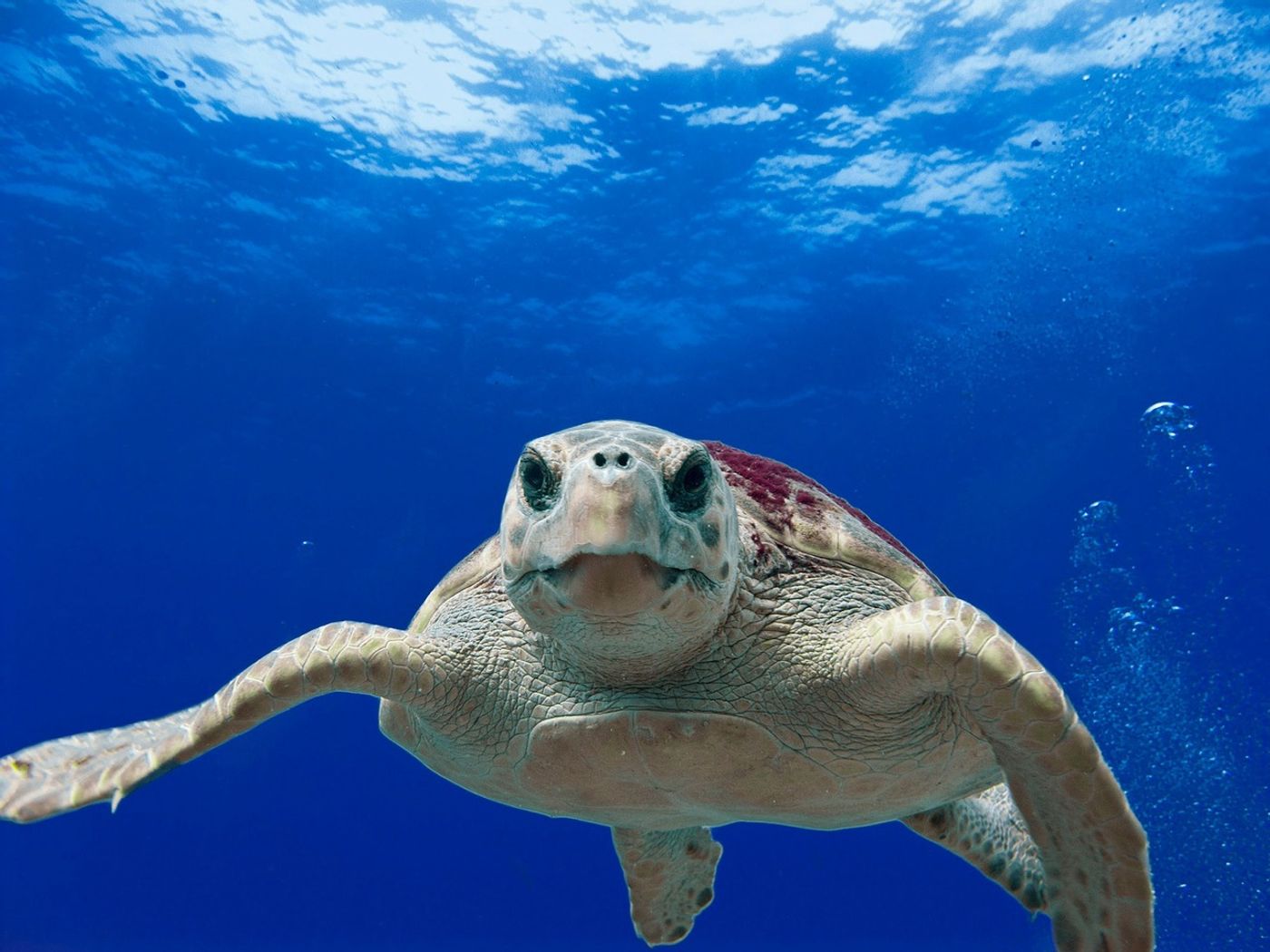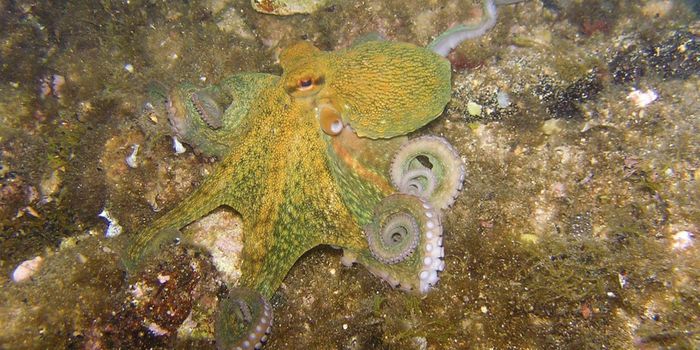Geomagnetic Imprinting Helps Loggerhead Sea Turtles Navigate Home
Loggerhead sea turtles often return to the same beaches they were born at (give or take a 50-mile margin of error) following several decades. Animal experts have long wondered how and why they do this, but a new study conducted by researchers from the University of North Carolina at Chapel Hill may provide some valuable insight.
Image Credit: Pixabay
Reporting in the journal Current Biology, the researchers discuss their findings after analyzing 800 different genetic records from nesting loggerhead sea turtles in Florida. As it would seem, this long-unexplained phenomenon could have something to do with Earth’s magnetic fields.
Related: Not just for swimming; sea turtles use their flippers to handle their prey too
Just like a bevy of other wild animals, loggerhead sea turtles sense planetary magnetic fields and react accordingly for navigation purposes. On the other hand, the study underscores significant genetic similarities between loggerheads born in nearby or related areas. The unexpected findings have implications for how loggerheads navigate back home after so long.
“We expect that geographically close locations will be genetically related, and geographically distant locations will have distinct populations. That’s not what we see,” said sea turtle expert J. Roger Brothers, the first author of the study.
“The variation in earth’s magnetic field around the nesting area seems to really predict genetic differentiation much better than geographic distance.”
Related: Are sea turtle conservation efforts actually working?
Given how the loggerheads seem to be programmed from birth to recognize the specific geomagnetic signature of their birthplace, the researchers have righteously coined the seemingly-innate ability “geomagnetic imprinting.”
But with such precise magnetic field-based sensory perception, why is it that some loggerhead sea turtles wind up navigating up to 50 miles away from their original birthplace? One theory attributes this navigational miscalculation to the way the magnetic fields bleed across the peninsula.
Related: United States Coast Guard frees sea turtle from a floating bundle of cocaine worth over $53 million
It’s worth noting that this research needs further expansion before animal experts can make assumptions about loggerhead sea turtle behavior. The results were reached purely via genetic evidence rather than actions, and so more research concerning loggerhead behavior is needed to validate them.
It should be interesting to see whether any future studies will surface to answer all the remaining questions.









